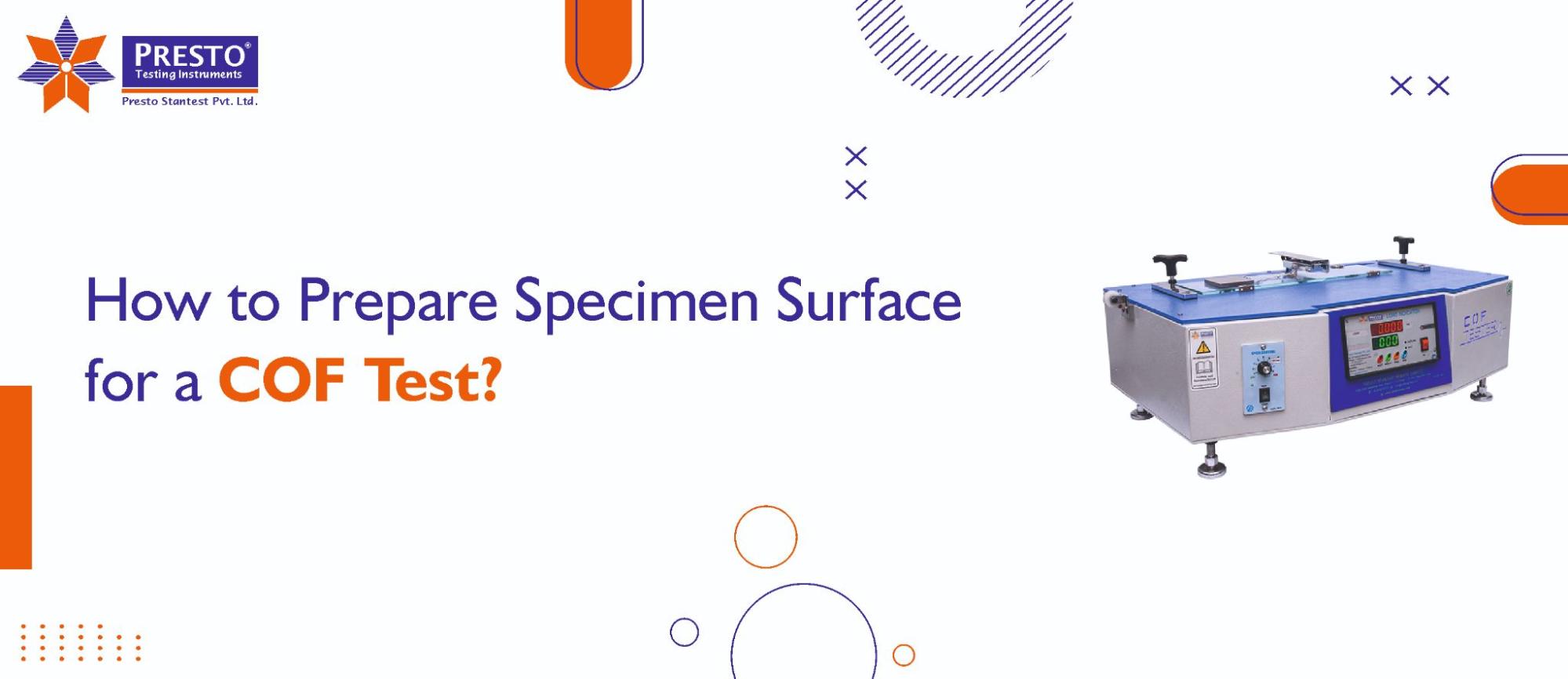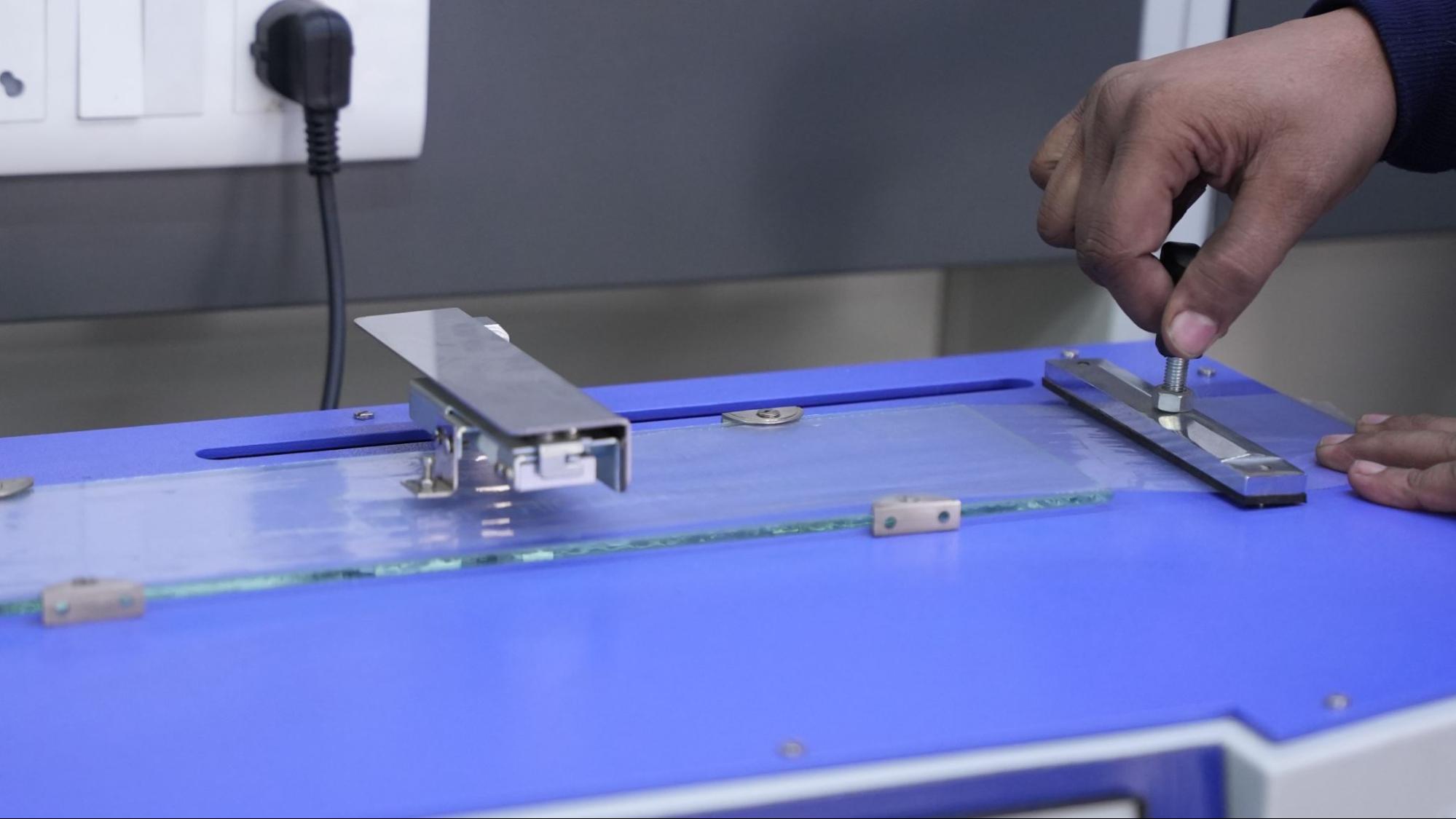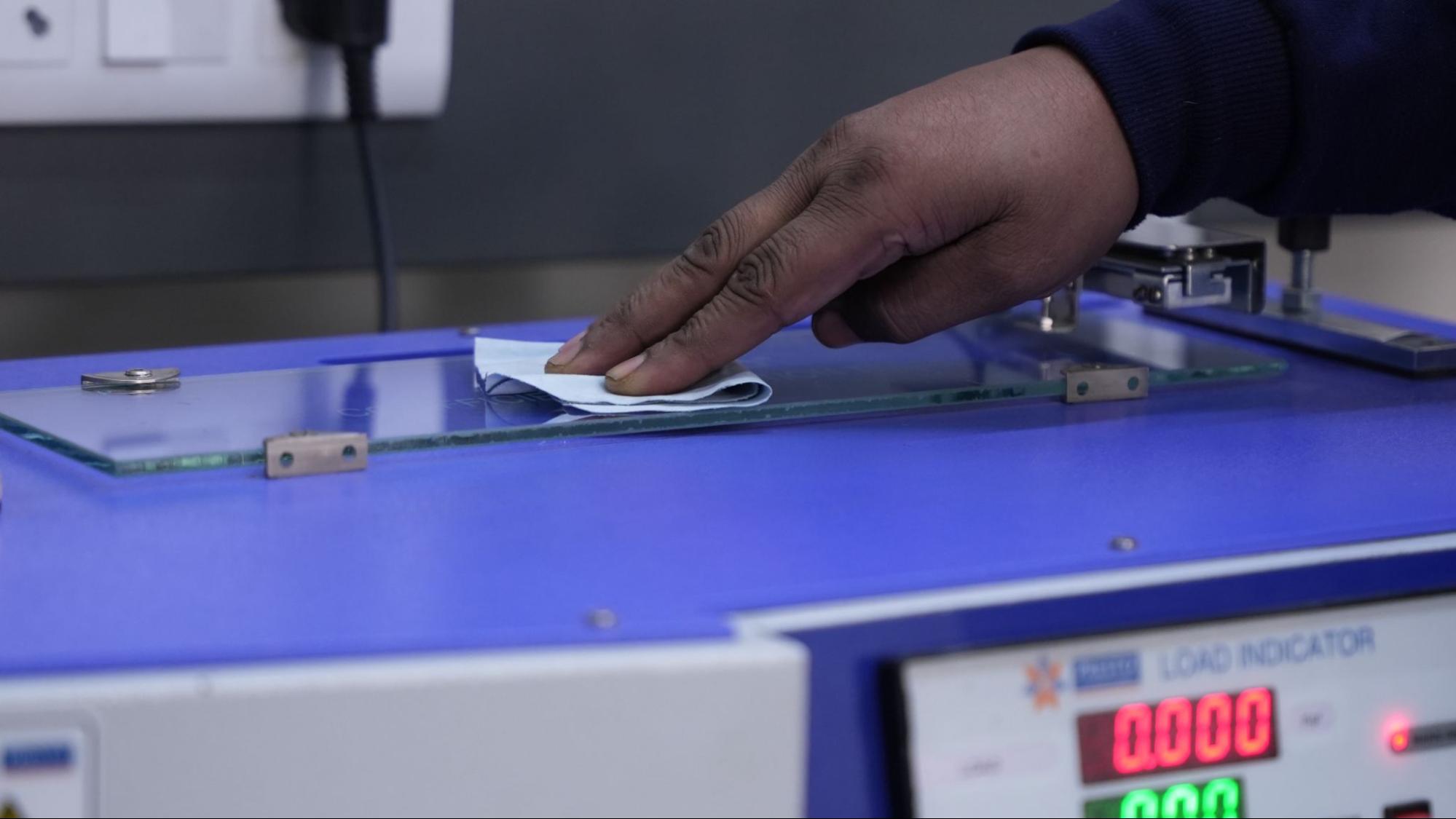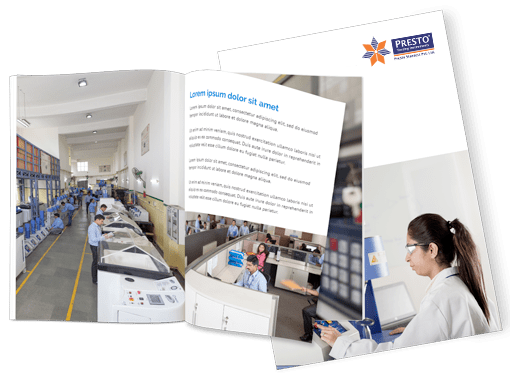
In packaging, printing, and manufacturing industries, for example, the coefficient of friction is crucial to ensure the performance and quality of products. It is through COF testing that one can evaluate static and kinetic friction between two surfaces, which is pivotal in material handling, processing efficiency, and the ultimate behavior of the end use. However, the results from the COF test can depend very much on specimen preparation. Even the best-designed COF testers may result in inconsistent or skewed values if the specimen surface is incorrectly prepared.
This blog will lead you through the importance of specimen surface preparation, key preparation steps, industry standards, and tips for obtaining precise and reliable COF testing outcomes.
It is not only a procedural step but rather a critical factor that may influence the accuracy of a test. If the preparation of the surface is neglected, it may lead to:
Preparation allows for proper contact between the test sled and the surface of the specimen to mimic more closely in the test what will be encountered by material under frictional forces.

Presto is a company leading the industry in its reliance on cutting-edge testing equipment for industries across the globe. In terms of specimen preparation under Coefficient of Friction conditions, our sophisticated instruments consistently deliver accurate and reliable testing results. Presto has designed its COF testers to operate with user-friendly features, to be highly robust in construction, and to comply fully with ASTM and ISO guidelines, making it the ideal test equipment for friction analysis.
Over 40 years of expertise provide testing solutions to industries with quality, reducing errors, and complying with international standards. We have a dedicated support team that will ensure seamless operations so that you can concentrate on consistent and reliable test results. Presto stands as the right partner in this journey for COF testing and beyond because of innovation and reliability.
Surface Cleaning: Clean the sample surface of dust, grease, and other residues with a lint-free cloth and appropriate cleaning agents.
Avoid the use of abrasive materials, which may create scratches or otherwise modify the properties of the surface. Gentle, non-reactive cleaning solutions are advisable for delicate materials.
Checking for Smoothness and Evenness: Inspect the specimen for physical imperfections in the form of wrinkles, scratches, or other irregularities.
Use precision cutting tools, like industrial scissors or trimming boards, to obtain clean, square edges.
Trim the test specimen to the size designated by the applicable industry standard, such as ASTM D1894 or ISO 8295.
Prepare the Specimen: Put on non-reactive gloves to avoid contamination by oil from the skin.
Keep the specimen in a controlled environment to preserve its original attributes and prevent moisture absorption and thermal deformation.

Condition the Specimen: Sample conditioning must be in accordance with the industry. For example, ASTM D1894 states that specimens must acclimate to a controlled environment with specified temperature and humidity for a set period.
This step allows the material properties to stabilize before testing.
Mount the Specimen: Mount the specimen securely to the COF testing platform so that it is flat wrinkle-free and fold-free.
No air pockets or overlapping of test sleds should occur. The uniform contact with the test sled should not be disrupted.

Contaminated Specimens: Dirt, grease, or residues from previous tests will give false results.
Skipping Conditioning Steps: When testing an unconditioned sample, variability often ensues from the influence of random environmental factors.
Skipping Conditioning Steps: Testing an unconditioned sample can result in variability because of the effects of unknown environmental factors.
Improper handling: Failure to wear gloves or improper storage of specimens brings about contamination.
Overlapping or Creased Specimens: These errors avoid uniform contact, which brings about incorrect COF readings.
Cleaning Devices: Lint-free towels or mild cleaning agents or isopropyl alcohol.
Trimming Tools: Scissors, cutting boards, or precision trimming tools.
Conditioning Apparatus: Temperature- and humidity-controlled rooms to acclimate the samples.
Calibration Tools: Equipment to calibrate and verify COF tester setup before every test.

Industry standards make provision for clear guidelines on COF testing to ensure that they are consistent and reliable.
Details the methods to determine static and kinetic COF for plastic films and sheeting.
Provides conditioning parameters and dimensions of specimens.
Includes similar recommendations regarding plastic films and flexible materials. Discusses preparation, test procedure, and frictional properties evaluation.
Following these standards will ensure that the results from laboratories and industries are repeatable and comparable in various testing scenarios.
Calibrate Regularly: Before every test, calibrate the COF tester to ensure accurate measurement.
Avoid Reusing Specimens: Used or old samples might produce variable results.
Keep Conditions Consistent: Maintain constant conditions in the testing environment (temperature and humidity) throughout the test.
Document Every Step: Note preparation steps, test conditions, and results to help in troubleshooting and reproducibility.
Conditioning stabilizes the specimen's physical properties so it behaves in a uniform and consistent manner under controlled environment conditions.
No, the reuse of specimens results in false positives due to wear at the surface or contamination.
Dimension size differs based on the standard. Most commonly, the size used is 350 mm x 90 mm.
Talk to our specialists today and redefine your testing standards!
Contact us:
Phone: +919210903903
Email: info@prestogroup.com
Our latest product catalogue cum company profile is now
available to download. Where should we send your FREE copy?
